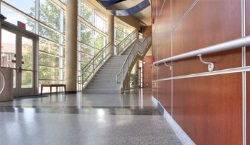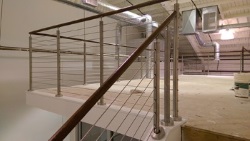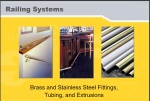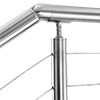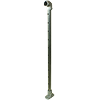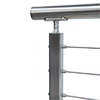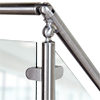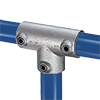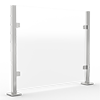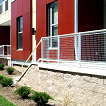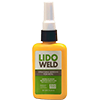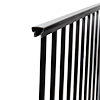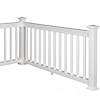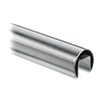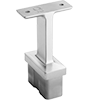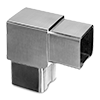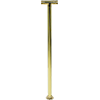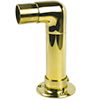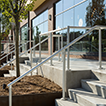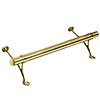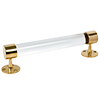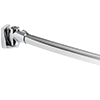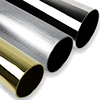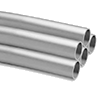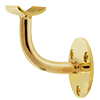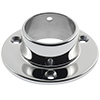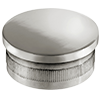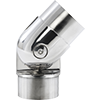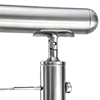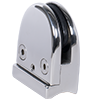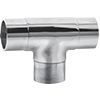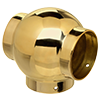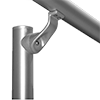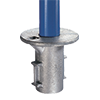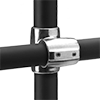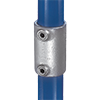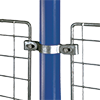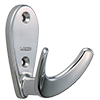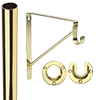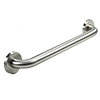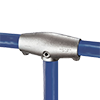Spring Maintenance Tips for Your Home's Railings
Spring is here! As the weather gets warmer, the sun starts to shine, and the ground finally begins to thaw, it is time to start thinking about spring maintenance. Many homeowners think spring maintenance is all about cleaning. However, don’t get too distracted scrubbing windows and cleaning the garage – you also have to remember to allocate time for other maintenance. That includes checking out your roof for any damage, washing off your siding, and, of course, maintaining your home’s railings. An entire winter of ice and snow can take its toll on your home’s railings, whether around your back deck or on the stairs of your front porch. So, you will want to allocate some time to checking out the status of your railings and making any necessary repairs.
First, you want to check all railings on decks, patios, porches, and stairs for any kind of damage, loose members, or deterioration. If you have a loose railing that suddenly falls out or snaps in half, it is a major safety hazard. It is in your best interest to do a thorough inspection. If you do notice serious and significant damage, you might want to consider buying new railings.
Second, you will want to make sure that you chop back any overgrown vegetation away from the railings. Vegetation around your railings can acceleration corrosion and deterioration, particularly if it is left unchecked.
Depending on the type of railings you have, you may want to consider treating them. For example, it is important to keep in mind that wooden railings, such as those found on wooden fences and wooden decks, need to be treated every four to six years, depending on the extent of exposure to the elements. If your area suffered through a particularly harsh winter with a significant amount of snow and ice, it could be that your railings could do with another coat of paint.
Similarly, if you have wrought iron railings, you will want to keep an eye out for corrosion and make repairs as necessary. Sometimes, over the course of a winter, leaves and other kinds of organic debris can become trapped in the railings. If the leaves and debris become wet, this can cause corrosion, which can lead to rust. The sooner you deal with corrosion, including chipped and peeling paint, the more trouble you will be able to avoid in the future.
In conclusion, inspecting and repairing your railings is an important part of the spring maintenance process. The better you take care of your railings today, the longer they will last in the future.



